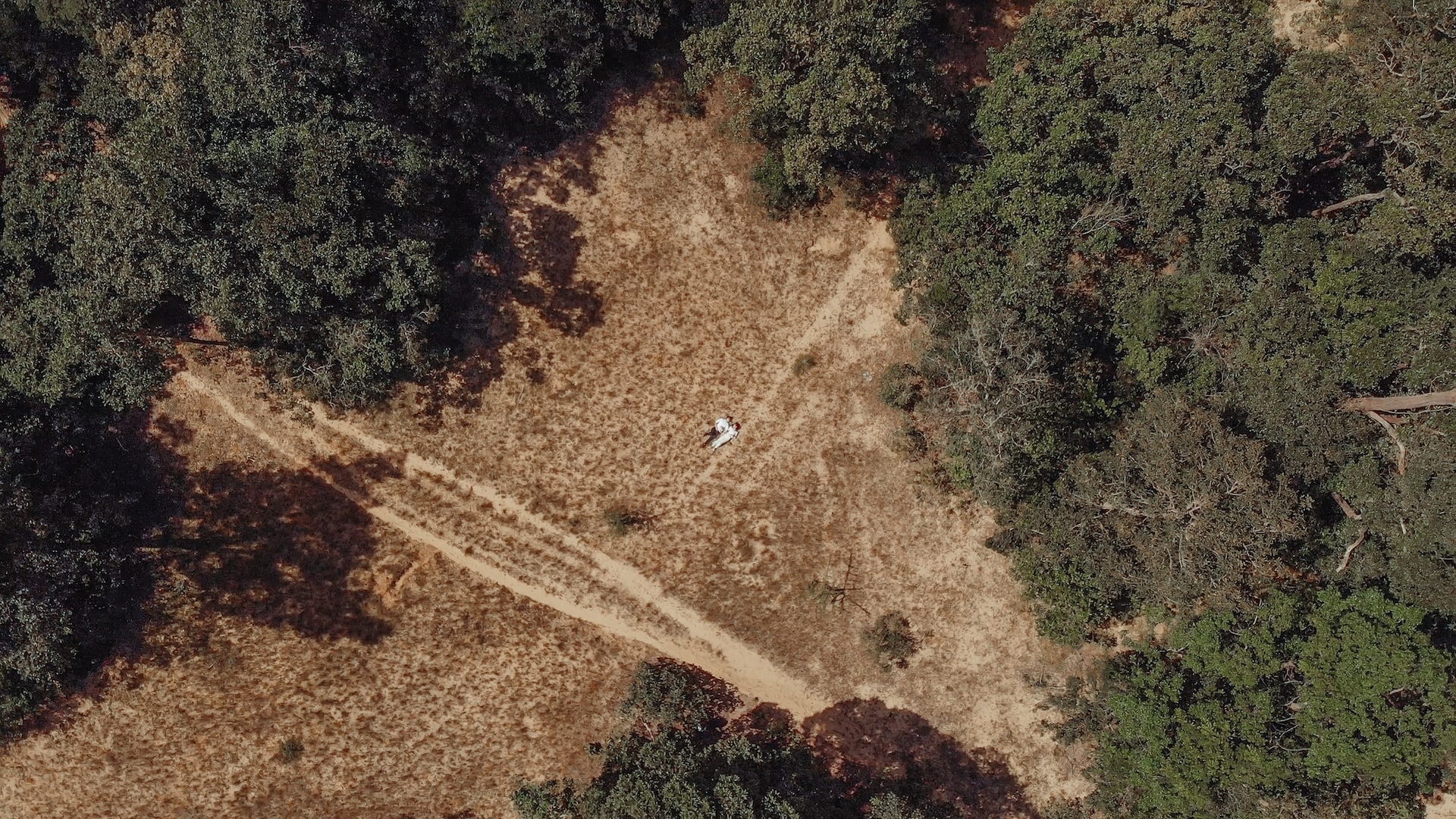
We Need to Watch Our Forests!
Author: Hula Earth
Published at Dec 12, 2022
In recent days, forests are facing significant threats. Deforestation, forest fires, bark beetles, and the impacts of climate change are just a handful. These threats have led to the loss of forest cover in many parts of the world, which can have serious consequences for the plants and animals that live there, as well as for the people who depend on forests for their livelihoods. While in some regions, forests are relatively healthy and well-protected, they face significant challenges in others. It is crucial for people to be aware of the threats to forests and to take action to help protect them.
Our future is at risk
Forests play a crucial role in the health of our planet. They help regulate the Earth’s climate by absorbing carbon dioxide from the atmosphere, which can reduce the impacts of global warming. Furthermore, forests provide habitat for countless species of plants and animals, they filter water & air and are a valuable source of timber and other natural resources.
But to ensure that forests can continue to provide these benefits, they need to be properly managed and monitored. By keeping track of the health and condition of forests, we can ensure that they are managed in a sustainable way and that they are not over-exploited. This can help prevent deforestation and other forms of habitat destruction, which can have serious consequences for the environment and the species that depend on forests for survival.
Large-scale pattern recognition
Regular monitoring can help to identify trends and patterns in the way that forests are changing over time. This data can be used to develop strategies for protecting and conserving forests. The goal is to identify areas where intervention may be needed. In addition, monitoring forests can help to identify potential threats, such as the spread of pests or diseases, and allow for timely intervention to prevent or mitigate these threats. Monitoring forests is an essential part of effective forest management and conservation. The collected information can help us better understand the complex interactions between forests and the rest of the planet. It can help us develop strategies for protecting and conserving forests in the face of these challenges.
In summary, monitoring forests is essential for ensuring the long-term health and sustainability of these important ecosystems. By keeping track of the health and condition of forests, we can protect them for future generations. Taking data-driven decisions is essential when it comes to choosing the right measures for supporting forests and ensuring that they continue to provide valuable benefits for the planet and its inhabitants.
